November 28, 2023
As a journalist rooted in the Hopi Nation, it’s imperative to scrutinize the socioeconomic facets that define our community. The United States Census provides a lens through which we can explore the dynamics of jobs, income, education, and homeownership on the Hopi reservation, shedding light on both challenges and opportunities.
Employment Situation:
According to the latest U.S. Census data, employment on the Hopi Nation presents a multifaceted scenario. While traditional industries like agriculture and arts/crafts persist as integral sources of income, modern employment opportunities are heavily influenced by the health and education sectors. The reservation contends with a notable unemployment rate (11.3%), which often surpasses national averages. Lack of support for small business development, diverse industries and economic infrastructure poses a challenge for sustainable job creation.
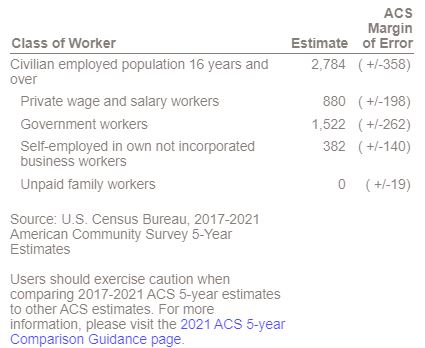
Income Disparities:
Income levels across the Hopi Nation exhibit disparities, mirroring the broader trend seen among Native American communities in the United States. Census data indicates a median household income below the national average ($46,484). This income disparity is often compounded by limited graduate education in the health sector along with a lack of priority for health professions by the Hopi Grants and Scholarship Program (HTGSP), resulting in financial strain for many families within the community. Locals often speak about the need to have more Hopi physicians, dentists, pharmacists, and other health professionals who are vested in the community.

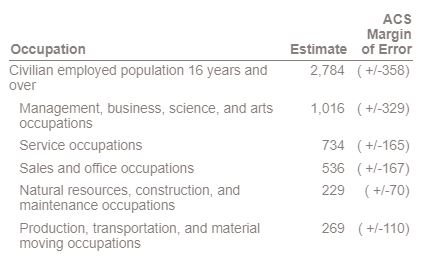
Educational Landscape:
Education stands as a beacon of hope for socioeconomic progress. However, educational attainment on the Hopi reservation faces hurdles, including limited access to quality education, cultural preservation challenges, and remote location barriers. While efforts to enhance educational infrastructure persist, disparities in educational achievement and access to higher education remain significant concerns. Most obvious are the infrastructure challenges, including high speed internet and public libraries.
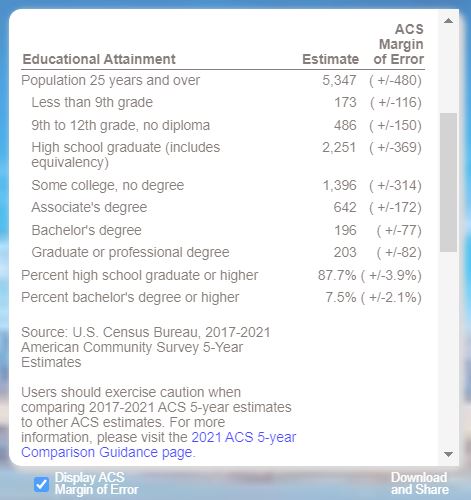
Homeownership Challenges:
Owning a home is a cornerstone of financial stability and generational wealth. Yet, homeownership rates within the Hopi Nation, as per census findings, fall below the national average. Challenges stem from economic constraints, difficulties in accessing mortgage financing, and land tenure issues, all of which impact the ability of community members to own property and build equity. Most Hopi people have multiple generations living under one roof and are unwilling to explore opportunities outside of the well-established towns.
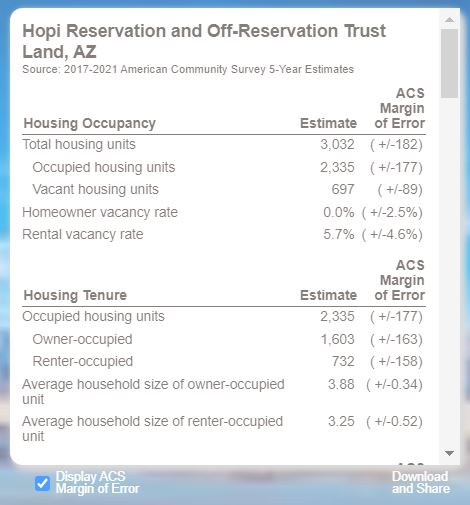
Community Initiatives and Solutions:
Despite the challenges outlined, the Hopi Nation exhibits resilience and a commitment to fostering progress. Community-driven initiatives, bolstered by partnerships with governmental and non-profit organizations, aim to address these socioeconomic disparities. Efforts include skill-building programs, economic diversification strategies, cultural preservation through education, and initiatives promoting homeownership and financial literacy, with the Hopi Credit Association leading the way.
Pathways Forward:
To chart a more prosperous future, concerted efforts are needed. Investment in small business development, increased access to quality education, preservation of cultural heritage in educational curricula, and initiatives supporting affordable homeownership are essential. Collaborative endeavors between tribal leadership, governmental agencies, educational institutions, and private enterprises are crucial in realizing sustainable socioeconomic growth for the Hopi Nation. More work is needed to find solutions to address land set aside for small businesses and residential building.
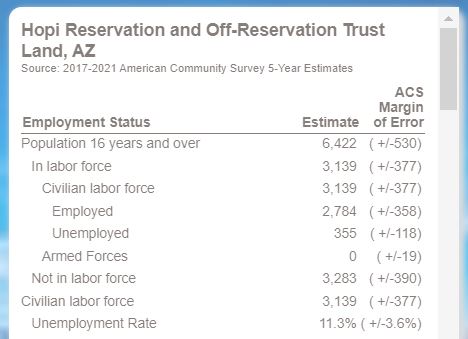
In conclusion, the census data offers a snapshot of the socioeconomic landscape within the Hopi Nation, highlighting both the challenges and the opportunities that lie ahead. By acknowledging these realities and fostering collaborative, community-centric solutions, the Hopi people can chart a path toward a more equitable and prosperous future. With plenty of hope and prayer, our leadership will update educational funding priorities to get more Hopi people into the health professions (i.e. MD, DO, DDS, DMD, PharmD).
Note: The information provided is based on the United States Census data available and based on the 2017-2021 American Community Survey 5-Year Estimates. For the most current statistics and developments, please refer to the latest census reports and local sources.
Source: https://www.census.gov/tribal/?aianihh=1505

+ There are no comments
Add yours